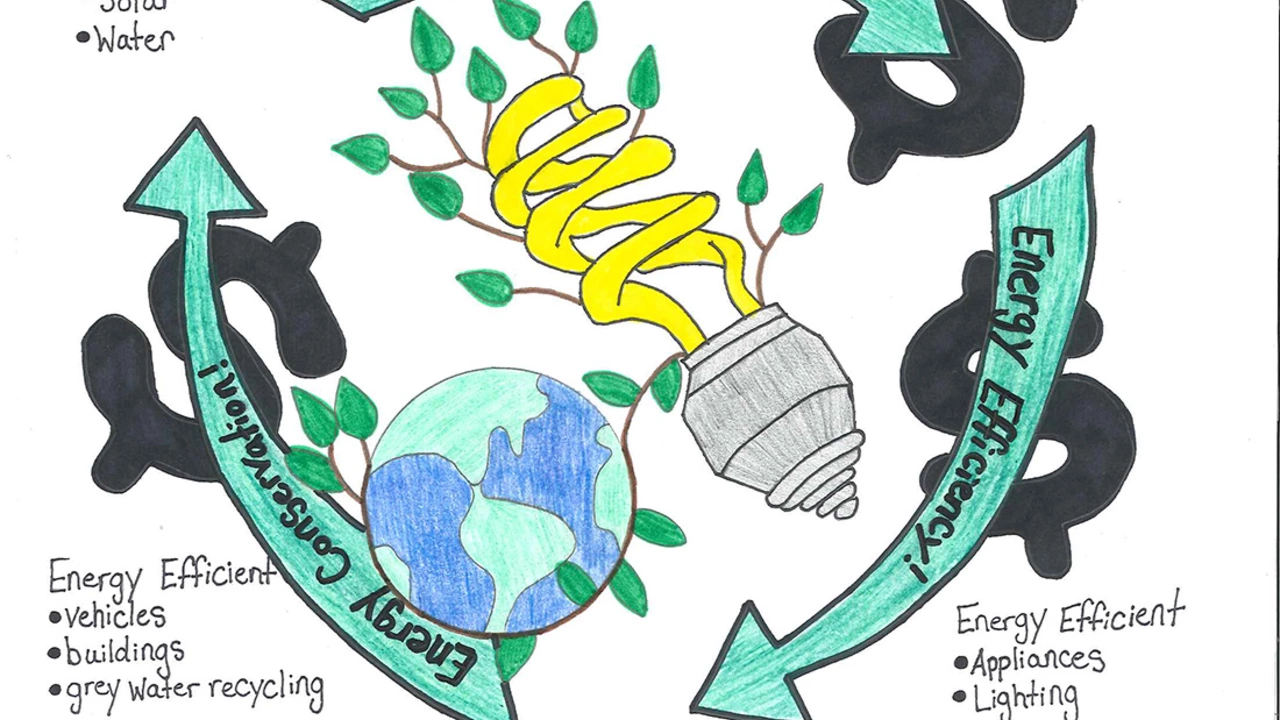
Understanding the Basics of Energy Efficiency in Swimming
Swimming is a great full-body workout that can help you burn calories, tone muscles, and improve your overall fitness. However, not all swim strokes are created equal when it comes to energy efficiency. Some strokes require more energy than others, which can lead to faster exhaustion and less effective workouts. Understanding the basics of energy efficiency in swimming can help you choose the right stroke for your needs and goals.
Breaking Down the Four Major Swim Strokes
The four major swim strokes are freestyle, backstroke, breaststroke, and butterfly. Each of these strokes has its unique characteristics and requirements, and thus, different levels of energy efficiency. Freestyle, for example, is generally considered the most efficient stroke because it allows swimmers to cover a large distance with relatively little energy expenditure. Backstroke, on the other hand, requires a bit more energy due to the awkward body position and lack of visibility. Breaststroke and butterfly are the most energy-intensive strokes, requiring a significant amount of strength and coordination.
Why Freestyle is the Most Energy Efficient Stroke
Freestyle is known as the king of swim strokes in terms of energy efficiency. The reason for this is due to the streamlined position of the body, which reduces drag and allows the swimmer to move through the water more quickly and easily. Additionally, the freestyle stroke utilizes a continuous arm motion, which helps to maintain momentum and minimize energy waste. Finally, the breathing pattern in freestyle is efficient, allowing you to get plenty of oxygen without disrupting your stroke rhythm.
Improving Energy Efficiency in Other Strokes
While freestyle may be the most energy-efficient stroke, that doesn't mean you can't improve your energy efficiency in other strokes. For example, with the backstroke, you can reduce energy expenditure by maintaining a straight body line and using a continuous arm motion. For the breaststroke and butterfly, focusing on proper technique and timing can help to reduce energy waste and improve efficiency. Remember, the key to energy efficiency in swimming is minimizing wasted motion and maximizing forward momentum.
Tips for Increasing Your Swim Stroke Energy Efficiency
There are several ways to increase your swim stroke energy efficiency, regardless of which stroke you prefer. First and foremost, focus on your technique. Proper technique can significantly reduce energy waste and improve your efficiency in the water. Secondly, work on your strength and conditioning. The stronger and more conditioned you are, the less energy you'll need to maintain a given pace. Finally, consider getting a swim coach or taking a class. They can provide personalized feedback and corrections to help you improve your energy efficiency.
Understanding the Impact of Energy Efficiency on Your Swim Workouts
Energy efficiency in swimming isn't just about going faster or farther; it's also about making your workouts more effective and enjoyable. A more efficient stroke can help you swim longer distances without getting tired, allowing you to get a better workout. It can also reduce the risk of injury by minimizing strain on your joints and muscles. So, whether you're a competitive swimmer or just swim for fitness, understanding and improving your swim stroke energy efficiency can have a major impact on your swimming experience.